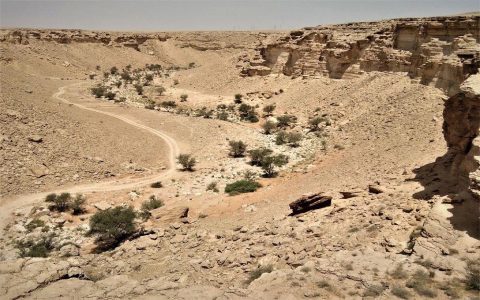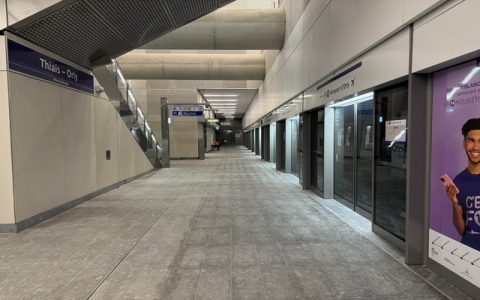Saudi Arabia's rapid urbanization has led to the proliferation of tall buildings, particularly in cities like Riyadh and Jeddah, posing significant threats to desert bird migration. Scientific studies indicate that these structures disrupt avian pathways through multiple mechanisms.
Impact Mechanisms
Tall buildings interfere with migration via collision risks, as nocturnal migrants, such as eagles and falcons, are drawn to artificial lighting and collide with structures. Light pollution from illuminated skyscrapers disorients birds, altering their navigation based on stars and moonlight. Additionally, habitat fragmentation destroys nesting and feeding grounds, reducing critical stopover sites.
Affected Species
- Migratory raptors like the Steppe Eagle
- Songbirds including the Common Swift
- Endemic species such as the Arabian Babbler
Population declines have been documented by regional conservation bodies, with studies showing up to 20% mortality spikes during peak migration seasons.

Mitigation Strategies
Effective measures include implementing bird-friendly building standards, such as using patterned glass to reduce reflections, minimizing external lighting during migration periods, and preserving green corridors. Research from organizations like the Saudi Wildlife Authority supports these as viable solutions.
Addressing these impacts requires urgent collaborative efforts to balance development with ecological preservation.







